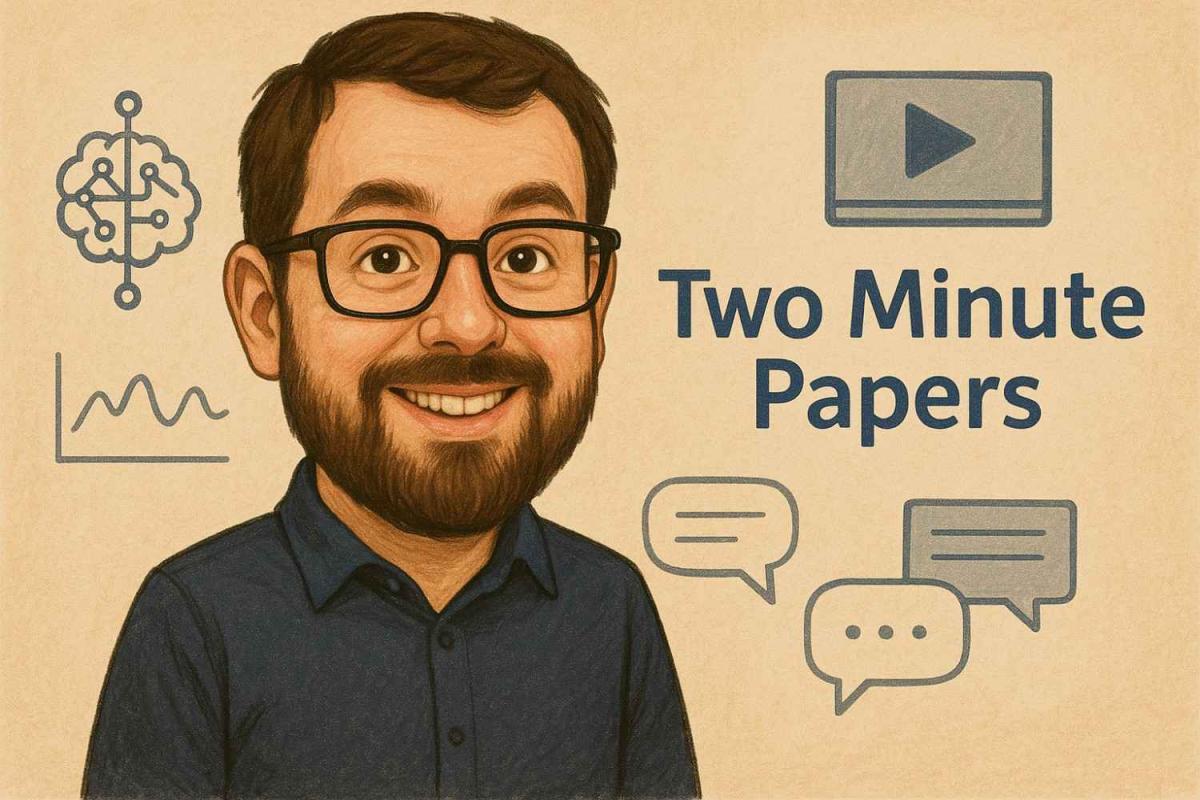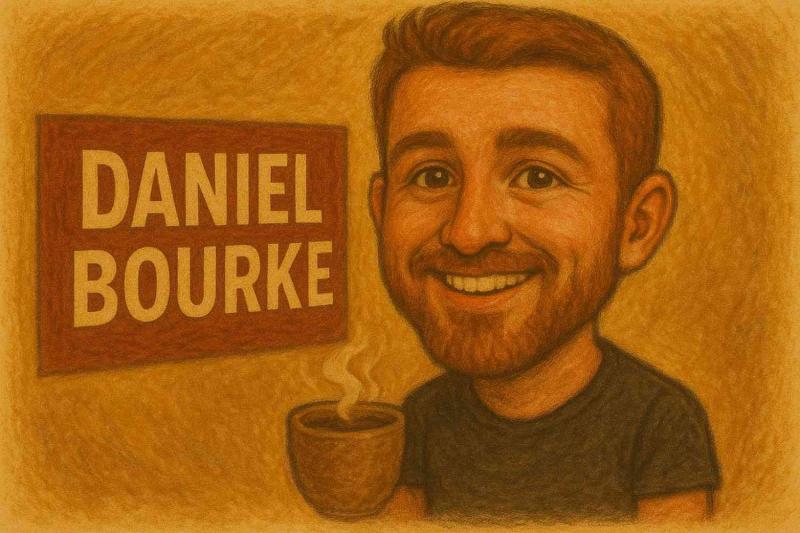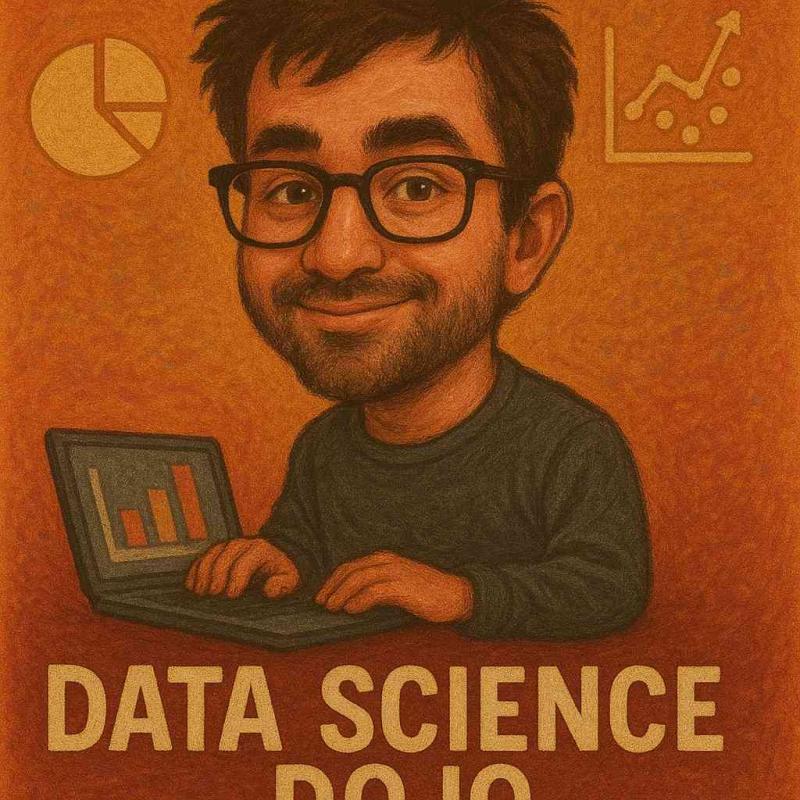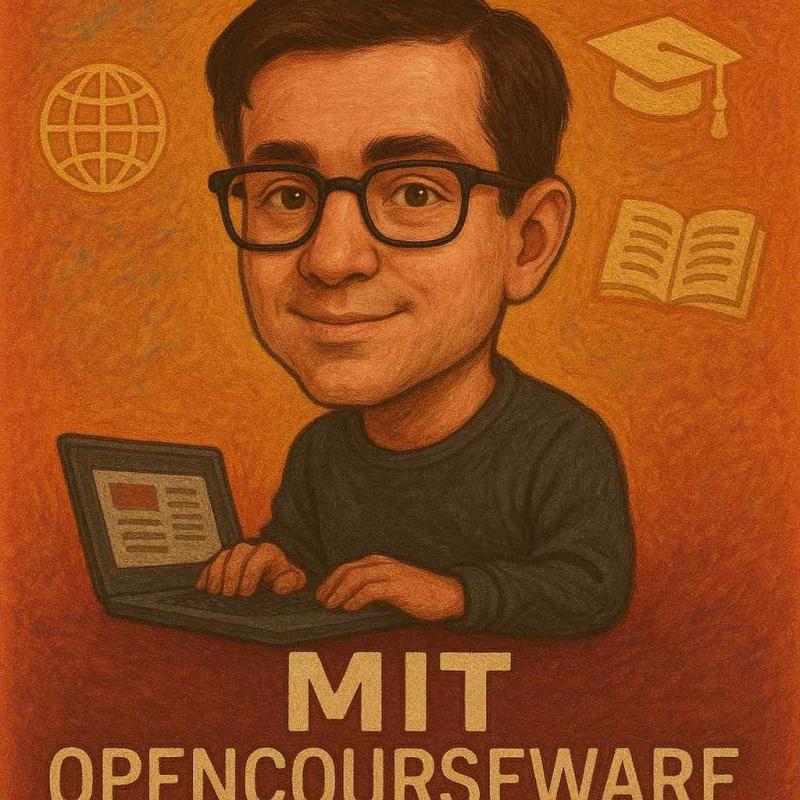Two Minute Papers: The AI Research Channel That Feeds Your Brain Without Frying It
Let’s be honest.
Reading machine learning papers is... brutal. There, I said it.
The math stares at you like it knows something you don’t. The authors write like they’re being graded by an angry robot. And you spend an hour deciphering one paragraph only to realize—it was just the abstract.
So, when I stumbled across Two Minute Papers, it felt like a small miracle. A quirky, caffeinated miracle with a thick Hungarian accent and a deep love for the phrase “What a time to be alive!”
Let’s talk about what makes this channel not just bearable, but one of the best resources out there for keeping up with AI and machine learning research.
What Is Two Minute Papers?
In short? It’s science storytelling for the YouTube generation.
The creator, Dr. Károly Zsolnai-Fehér (try saying that three times fast), takes dense, cutting-edge research papers in artificial intelligence, computer graphics, and deep learning—and explains them in plain English. With joy. Actual joy. I know, it’s weird.
And no, they’re not always two minutes long. That’s part of the charm. He named the channel before realizing people might want more than 120 seconds of brain food. The good news? Even the 8-minute videos feel like a breeze.
The Format: Fast, Friendly, and Full of “Whoa”
Each video usually follows this rhythm:
-
Zsolnai-Fehér explains the big idea (What problem does this paper tackle?)
-
He breaks down how the researchers approached it (Fancy model? Wild dataset?)
-
Then he shows visual results, often with a side of amazed giggling
The results might be:
-
A neural network that turns doodles into photorealistic images
-
A robot hand solving a Rubik’s cube with zero prior training (seriously?!)
-
Or a deep learning model that understands 3D space like it has a PhD in geometry
He even includes snippets of source code, research figures, or simulation gifs that’ll make your jaw drop (or make you feel wildly underqualified... but in a fun way).
Why It Works (So Well)
Honestly, I think the secret sauce is how excited he gets. Zsolnai-Fehér doesn’t just explain these papers—he celebrates them.
And that energy? It’s contagious.
1. The Explanations Are Crystal Clear
He doesn’t assume you’re a PhD candidate in reinforcement learning. He strips away the jargon and gets to the why it matters. Which means:
-
You understand GANs without weeping
-
You can explain transformer models at dinner parties (or at least pretend)
-
You keep up with breakthroughs without devoting your life to arXiv preprints
2. It’s Incredibly Efficient
Each episode distills the research to its juicy core. You walk away understanding:
-
The innovation
-
How it differs from prior work
-
Real-world implications
No filler. No academic gatekeeping. Just, “Here’s why this paper is mind-blowing, and here’s what it means for the future.”
And if you're anything like me—someone who wants to follow ML research but also, like, has a life—this kind of clarity is priceless.
3. Visuals Matter, and They Nail It
You’d be surprised how often visuals in ML research are more confusing than helpful. Not here.
Zsolnai-Fehér always shows stunning examples—whether it’s neural rendering, fluid simulation, or robot grasping. You get to see what’s happening, not just guess from a loss curve graph with four overlapping lines.
IMO, it’s one of the few channels that makes high-concept AI feel not just understandable, but beautiful.
A Quick Word on the Host Himself
Dr. Károly Zsolnai-Fehér is the kind of person who probably reads scientific journals for fun. But instead of hoarding knowledge like some cryptic professor, he wants to share it. Passionately. Repeatedly. With laser pointer excitement.
Also:
-
He teaches computer graphics at the university level
-
He sometimes wears T-shirts with scientific memes
-
And he signs off nearly every episode with a grin and a warm “Thank you and see you next time!”
The guy’s basically the Mr. Rogers of AI research. But with better GPU benchmarks.
What Kind of Research Does It Cover?
The range is wildly impressive. If it’s happening in the world of machine learning, chances are it’s shown up here first.
Some recurring favorites:
-
Generative AI (text-to-image, audio synthesis, video prediction)
-
Reinforcement learning (OpenAI’s agents, DeepMind experiments)
-
Neural rendering (NeRFs, photorealistic avatars, 3D graphics)
-
Robotics (Dexterous hands, autonomous drones, AI-powered legs?!)
-
Transformers & LLMs (because duh, it’s 2025)
But it’s not just about hype. He also features:
-
Incremental improvements to known models
-
New training techniques
-
Ethical and philosophical papers about AGI and bias
Bottom line: If it’s cool, visual, and technical, it’s probably on Two Minute Papers.
Where It Shines (and Slightly Fumbles)
Let’s get real.
The content? Gold. The pacing? Tight. The joy? Infectious.
But if I had to nitpick:
-
The delivery is very energetic. Like, double espresso levels. Not everyone vibes with that.
-
He’s sometimes a bit generous in hyping breakthroughs. You might come away thinking a paper solved AI... when it actually improved accuracy by 3%. (Still cool, but y’know.)
-
The comments section is either super supportive or total chaos. Proceed with caution.
Still, none of this ruins the experience. If anything, the enthusiasm is what makes it stand out in a sea of monotone ML explainers.
Who Should Be Watching This?
You don’t have to be an ML engineer or a researcher to benefit. If you:
-
Want to keep up with AI breakthroughs without reading 30-page PDFs
-
Are curious about the tech shaping our future
-
Work in a related field (design, dev, product) and need to “speak AI”
-
Just enjoy watching neural networks learn to walk
...then Two Minute Papers is for you.
It’s like having a science-savvy friend who filters out the boring stuff and just shows you the jaw-dropping bits.
Final Thought: Stay Curious, My Friend
Every time I watch an episode, I end up saying “Whoa. That’s real?!”
And that’s the whole point. Two Minute Papers makes you feel like a kid again—amazed by what science and tech can do. Only this time, it’s neural networks instead of dinosaurs.
So go watch one video. Maybe two. You’ll probably end up watching five and Googling a research lab by the end of the night. Happens to the best of us. 😉
“What a time to be alive,” indeed.



